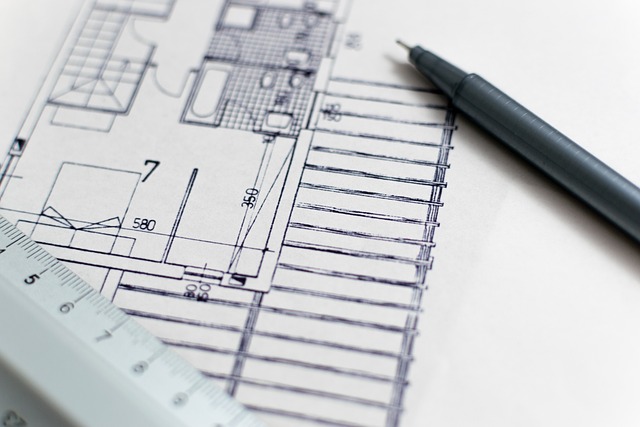
Architecture is the art and science of designing buildings, structures and spaces. It involves a combination of technical, functional and aesthetic considerations to create structures that are both visually appealing and functional. The practice of architecture dates back thousands of years, with some of the most iconic architectural wonders still standing today. Before going into the article you may want to take a look at building sheriff.
History of Architecture
The history of architecture can be traced back to the earliest civilizations, with evidence of architectural structures found in ancient Egypt, Mesopotamia, Greece, and Rome. These early architectural styles were influenced by religious beliefs, societal needs and available building materials. Over time, architecture evolved to reflect changing cultural values and advancements in technology.
One of the most significant developments in architecture was the shift from simple post-and-beam structures to more complex systems such as arches, vaults, and domes. This allowed for larger and more intricate buildings to be constructed, such as the Colosseum in Rome and the Parthenon in Athens.
Styles of Architecture
Architecture is often categorized into different styles based on their time period or dominant characteristics. Some of the most notable architectural styles include:
Classical Architecture: Inspired by the ancient Greek and Roman styles, this type of architecture is characterized by symmetrical designs, use of columns, and emphasis on balance and proportion.
Gothic Architecture: Originating in medieval Europe, Gothic architecture is known for its pointed arches, ribbed vaults and flying buttresses. This style is most commonly seen in cathedrals and churches.
Renaissance Architecture: A revival of classical architectural elements, the Renaissance period saw a focus on symmetry, harmony and mathematical proportions in building design.
Baroque Architecture: Developed in the 17th century, Baroque architecture is characterized by its dramatic and ornate style, with elaborate decorations such as columns, domes and sculptures.
Modernist Architecture: A departure from traditional styles, modernist architecture emphasizes simplicity and functionality. It became popular in the early 20th century and is often associated with the use of industrial materials such as steel and glass.
Postmodern Architecture: Reaction against the modernist movement, postmodern architecture incorporates elements from different architectural styles to create playful and eclectic designs.
Elements of Architecture
The design of any building involves several key elements that work together to create a cohesive and functional space. These include:
Form: The shape and physical characteristics of the structure.
Function: The purpose of the building and how it will be used by its occupants.
Space: The interior layout and organization of rooms within the building.
Light: How natural light is incorporated into the building design, as well as artificial lighting.
Materials: The materials used for construction, including their durability, cost and aesthetic appeal.
Color: The use of color to create a certain mood or atmosphere within the building.
Texture: The tactile quality of surfaces within the building.
Role of an Architect
Architects are trained professionals who have the knowledge and skills to design buildings and oversee their construction. They work closely with clients to understand their needs and desires, and then create designs that meet both functional and aesthetic requirements. They also collaborate with engineers, contractors and other professionals to ensure the successful execution of a project.
In addition to designing individual structures, architects also play a role in shaping the built environment of cities and communities. They consider factors like sustainability, accessibility and cultural significance when creating designs that contribute to the overall urban landscape.
Conclusion
Architecture is a complex and ever-evolving field that combines art, science and practicality. It has played a crucial role in shaping human civilization and continues to have a significant impact on our daily lives. Whether it’s an ancient temple or a modern skyscraper, architecture serves as a reflection of our values, beliefs and aspirations. So next time you admire a building, take a moment to appreciate the thought and expertise that went into its design. It’s truly a testament to the power of architecture. Let us know in the comments which architectural style is your favorite! Thanks for reading!
